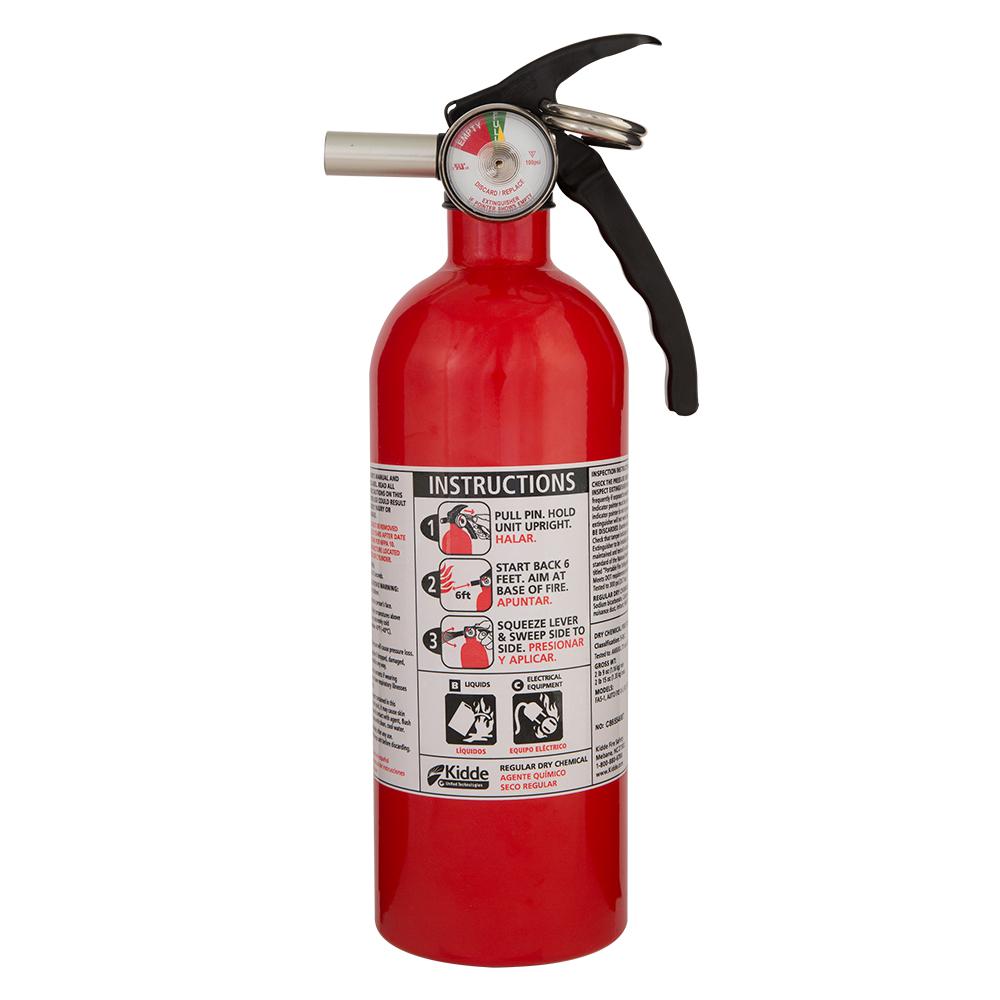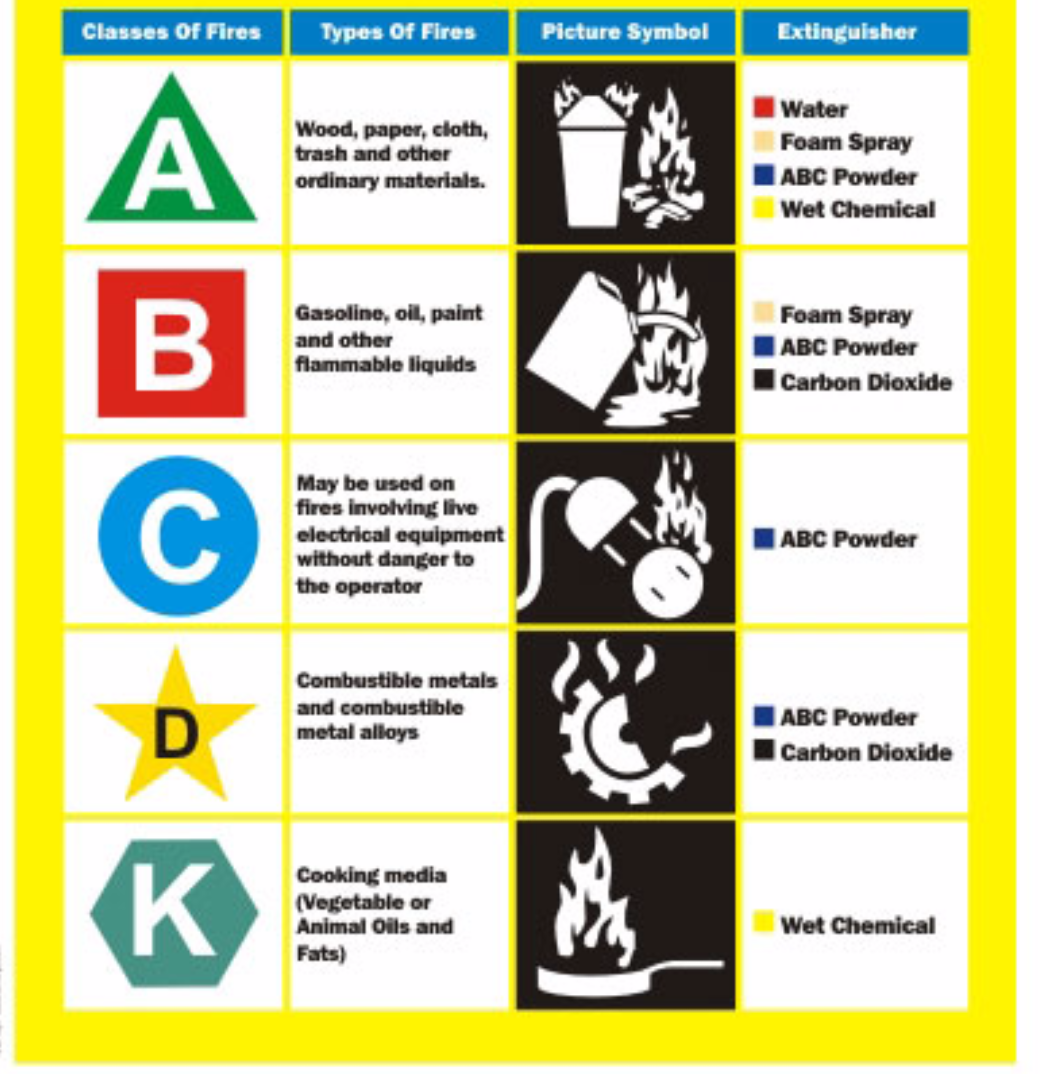

In schools and similar locations, it is preferable to use recessed housing, suitable cabinets or extinguisher covers. Where this is impractical extinguishers should be located on suitable floor stands.For smaller extinguishers (not heavier than 4kg), the carrying handle should be mounted 1.5 metres from the floor. Extinguishers should be securely hung on wall brackets with the carrying handle of larger heavier extinguishers 1 metre from the floor.Fire Extinguishers should be located in conspicuous positions, available at all times for immediate use.

CLASS B FIRE EXTINGUISHER INSTALL
Third Party Certificated BAFE SP101 Registered Companies provide extinguishers to these standards and install to BS 5306-8 and commission (detailed checks made on-site) to BS 5306-3.
CLASS B FIRE EXTINGUISHER CODE
A quality fire extinguisher provider will also be able to identify what is required but would be best to work with the person performing the fire risk assessment to ensure this mitigates risk as best as possible.īoth the Home Office and the Fire & Rescue Services recommend extinguishers approved to the European Standard BS EN3 and compliant with BS 5306-10 (formerly BS 7863) colour coding code of practice. A Fire Risk Assessment will identify all requirements/actions needed. In addition, all other classes of risks such as electrical equipment and flammable liquids need to be separately addressed and the relevant extinguishers provided. In the guidance documents provided for fire safety legislation (England and Wales/Scotland/Northern Ireland) the recommendation is that part of an employers’ measures for protecting their staff and others from fire is to install independently tested and certificated fire extinguishers.īS 5306-8 notes that all workplaces will require the provision of a minimum of two water based (Class A) extinguishers with a combined minimum total fire rating of 26A per story or level up to 400mtr2 as primary protection (Clause 8.2.1). Ĭlause 5.4.2 Conductivity Only non-conductive extinguishing media, such as carbon dioxide, powder or other clean agent, should be specified for use on electrical equipment. The provision of extinguishers should therefore be decided on the basis of the other fire hazards in the area.Ĭlause 9.3 Distribution of extinguishers for fires involving live electrical equipment Extinguishers of a type marked as suitable for use on fires in live electrical equipment should be sited near any electrical equipment (see also 5.4.2).

It is unlikely that the electrical equipment itself will provide the major fuel source. **BS5306-8 (Clause 9.1) states for fires involving electrical equipment (see also 5.4.2), it is expected that the first action will be to cut off the source of power to the electrical equipment, if this can be done in safety. Electricity in itself does not burn but can cause fires in class A, B, C, D and F materials. *BS5306-8 (Clause 7.1) states that for fires involving electrical equipment there is no recognized classification for this additional type of fire.


 0 kommentar(er)
0 kommentar(er)
